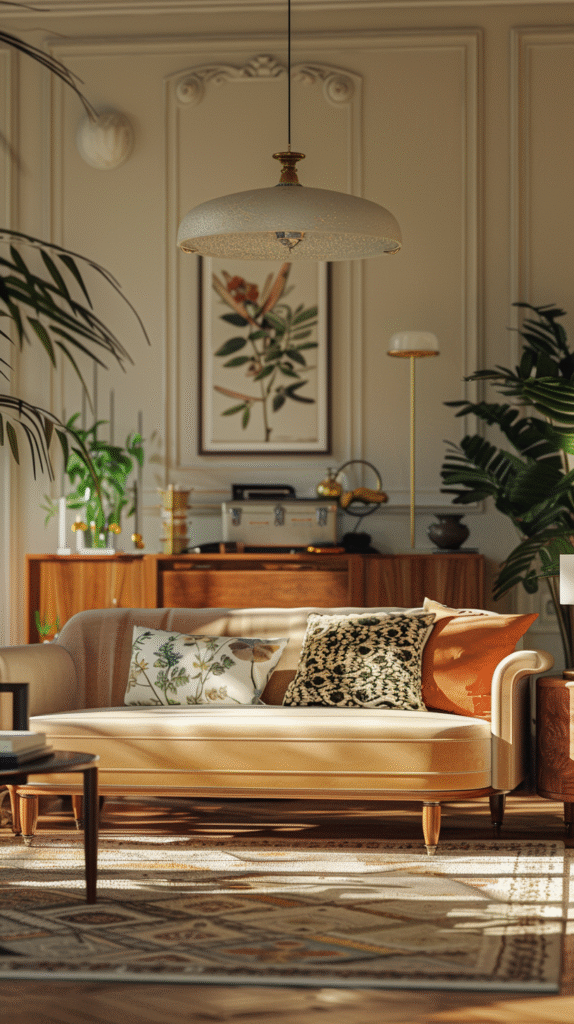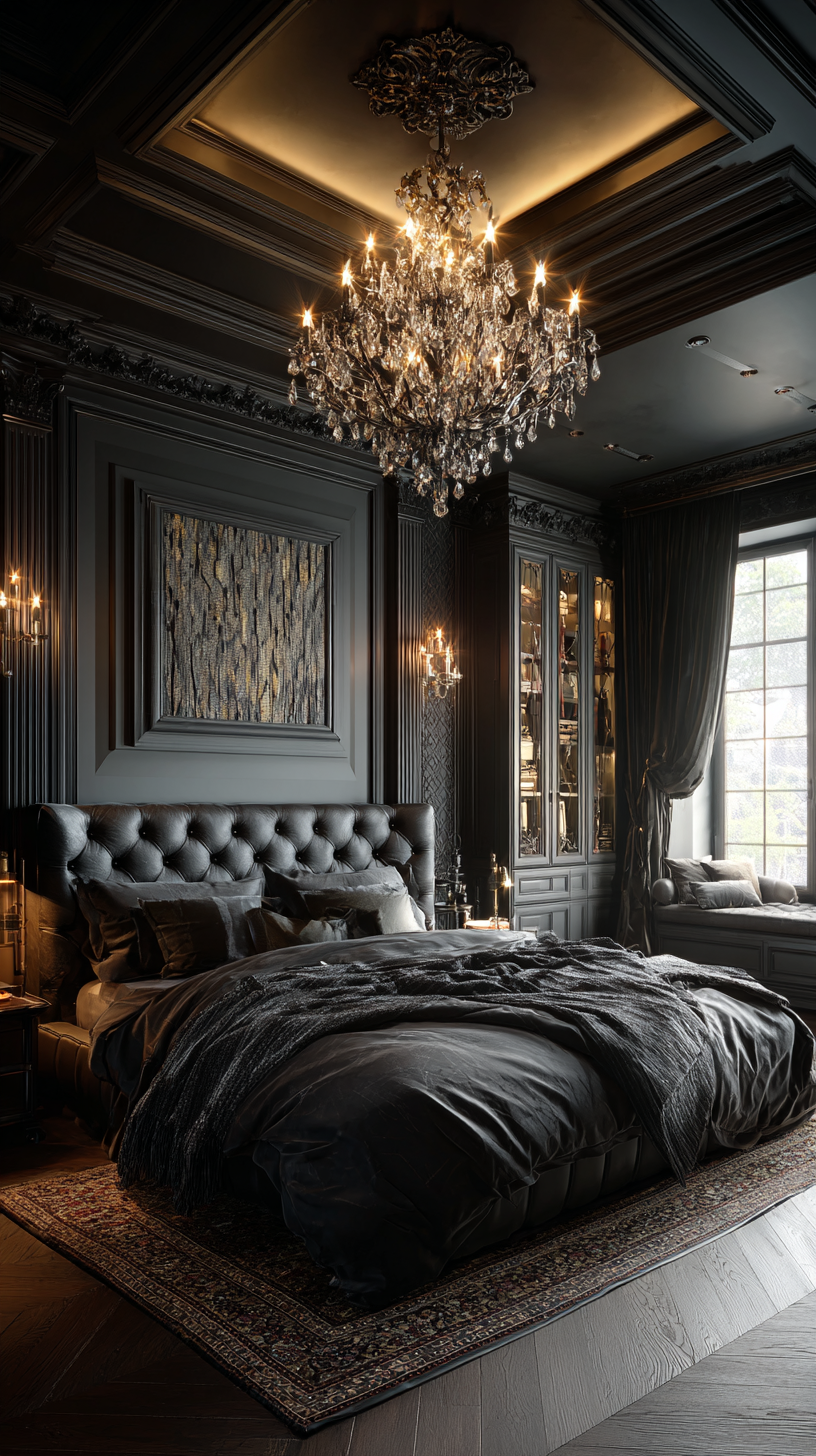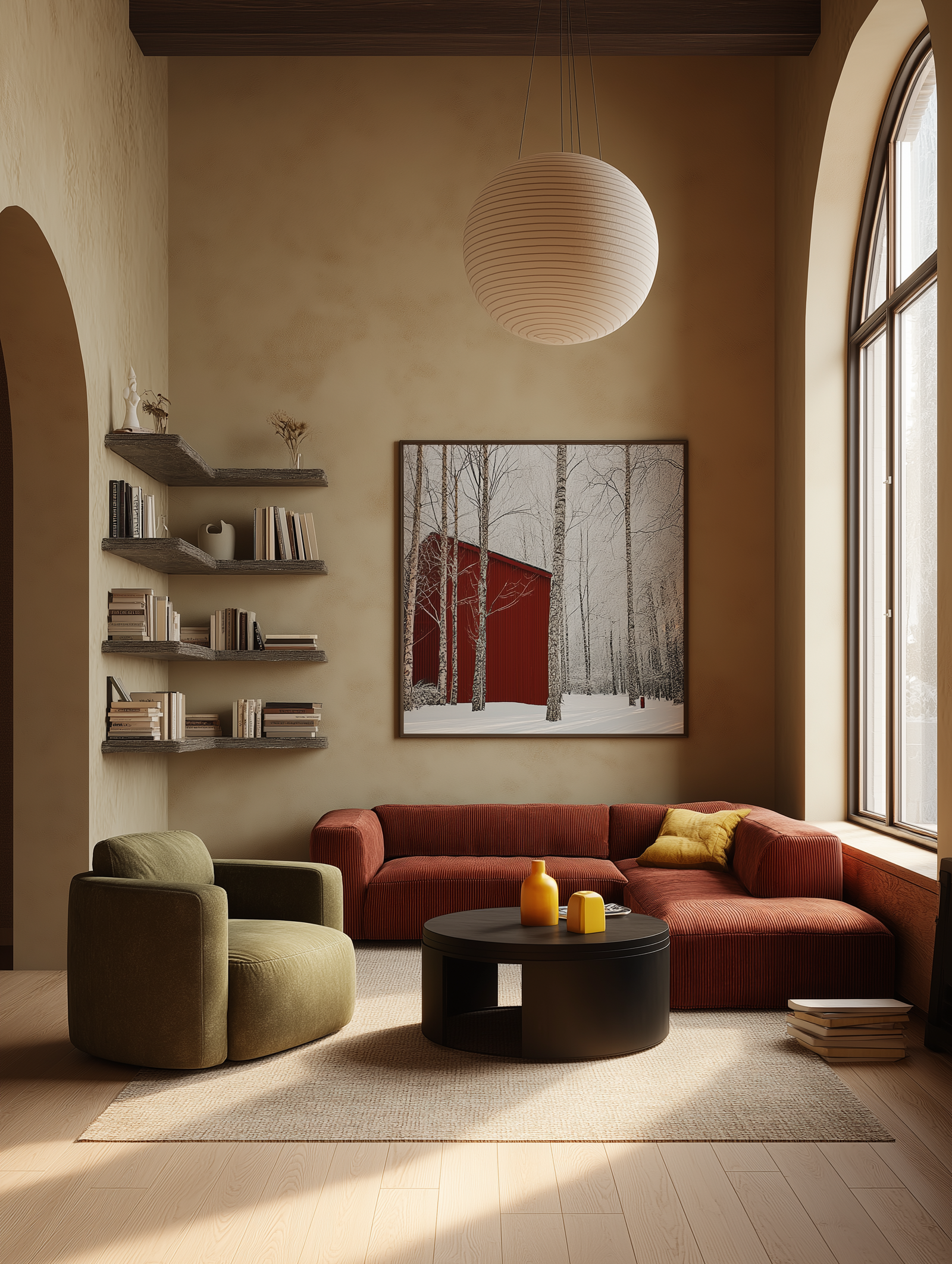Where 1920s Splendor Meets 2020s Sophistication
There’s something magnetic about the past when it’s reimagined for the present. Think gilded details, sweeping curves, and the quiet confidence of symmetry — the kind of visual poetry that turns everyday spaces into scenes from a timeless film. Welcome to the Art Deco Revival, a movement breathing new life into one of design history’s most glamorous eras.
The modern world is rediscovering its appetite for opulence. But this time, it’s not about excess — it’s about intention. The Art Deco Revival celebrates craftsmanship, material richness, and bold geometry while adapting to contemporary tastes. It’s less “Great Gatsby excess” and more “elevated elegance.” Designers and homeowners alike are finding creative ways to merge 1920s flair with 2020s functionality, resulting in interiors that feel both nostalgic and forward-thinking.
In this exploration, we’ll journey through the defining themes of the Art Deco Revival — from its geometric rebirth and modern materials to the way color, texture, and symmetry are being reinterpreted for today’s spaces. Expect to see how marble meets metal, how velvets and lacquers coexist, and how this aesthetic can transform minimalist apartments into cinematic statements.
Here’s what this blog will dive into:
Echoes of the Past: How the Art Deco Revival Found Its Way Back
– Tracing the cultural and design forces that reignited the world’s love for Deco.Geometry Reimagined: The Shapes Defining Modern Glamour
– Exploring how angular symmetry and fluid lines shape interiors today.Materials of Modern Decadence: Brass, Marble, and Velvet Reborn
– A look at how designers reinterpret classic Deco materials for 21st-century sophistication.Color and Contrast: The Palette of the Art Deco Revival
– Understanding how deep hues and metallics create mood and drama.The New Age of Ornamentation: When Minimalism Meets Deco Detail
– How contemporary restraint harmonizes with ornamental excess.From Residential to Retail: The Global Reach of Art Deco Revival Design
– Why luxury hotels, fashion boutiques, and modern homes alike are embracing this aesthetic resurgence.
By the end, you’ll see why the Art Deco Revival isn’t just a nostalgic trend — it’s a design philosophy that bridges the golden age of glamour with the mindful elegance of modern living.
-

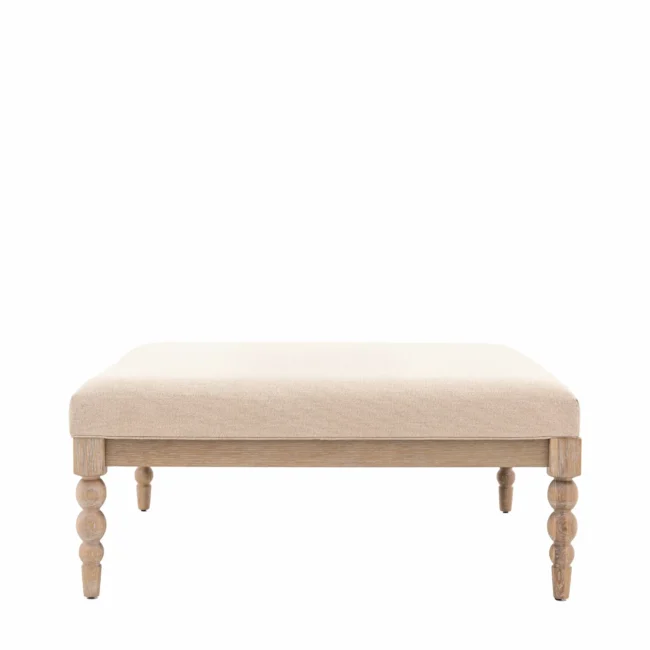

Artificer Coffee Table
£710 Read more -

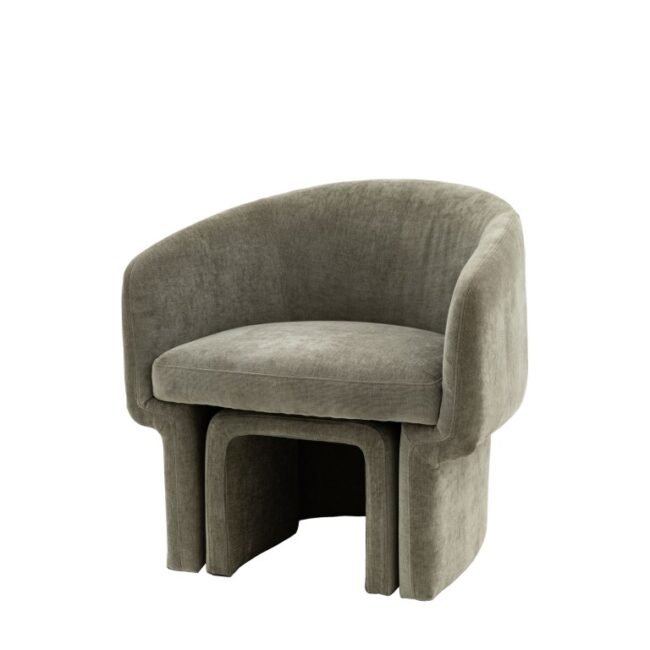


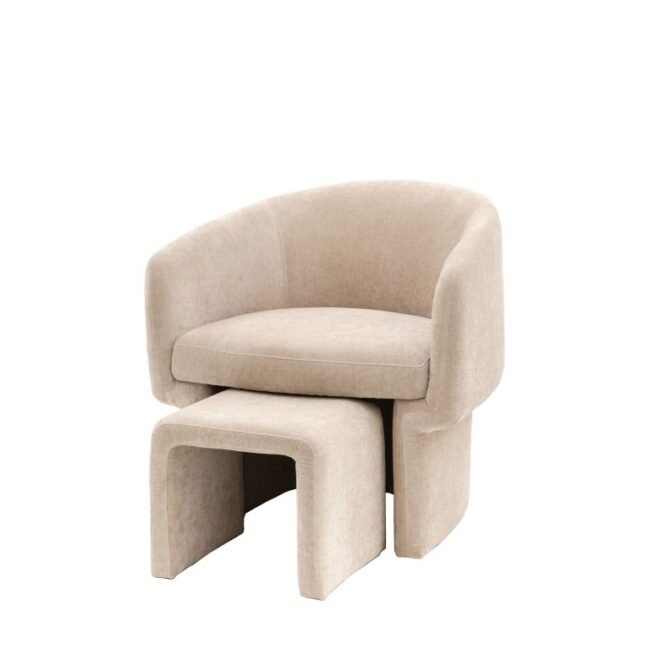
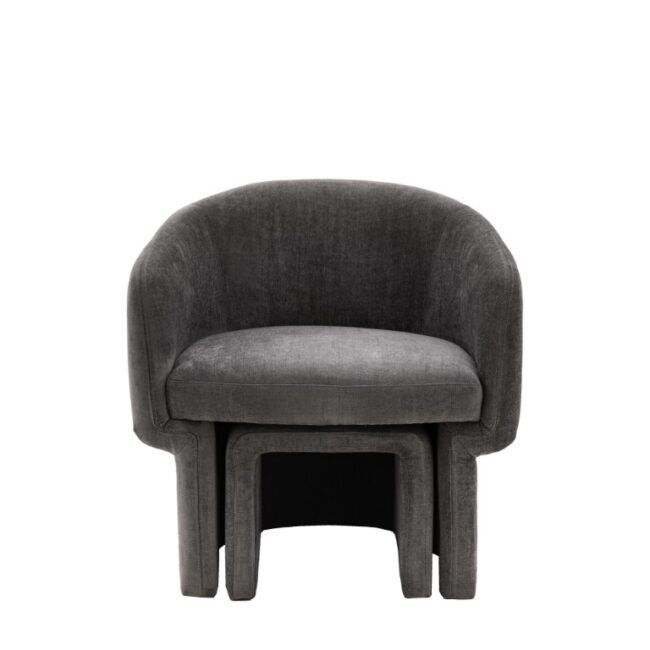




Asoko Armchair
£710 Select options This product has multiple variants. The options may be chosen on the product page -
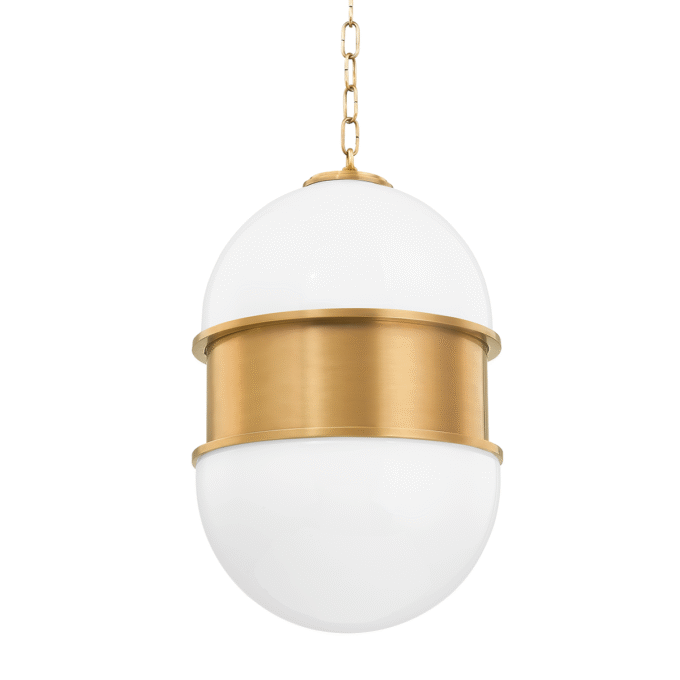
Broomley Pendant Large
£2,264 Add to cart
Echoes of the Past: How the Art Deco Revival Found Its Way Back

Every design movement tells a story, and the Art Deco Revival is no different. Its return feels less like a fleeting trend and more like a cultural homecoming — a reminder of when style and optimism danced together in golden harmony. In a world saturated with minimalist whites and sleek grays, the Art Deco Revival offers a welcome counterpoint: rich materials, geometric precision, and unapologetic luxury. It invites us to reintroduce character and confidence into our living spaces.
The original Art Deco movement emerged in the early 20th century, celebrating progress, glamour, and craftsmanship. Buildings like New York’s Chrysler Building or the interiors of Parisian hotels told a story of modernity and aspiration. Fast-forward to today, and the Art Deco Revival finds itself thriving again, not as imitation, but as reinterpretation. Designers are borrowing the bones of Deco — symmetry, metallic accents, and sensuous curves — while layering them with modern sustainability, technology, and comfort.
What sparked this return? The answer lies partly in nostalgia. After years of pared-down interiors and digital overload, people crave warmth, tactility, and meaning. The Art Deco Revival delivers that in spades. It offers familiarity without repetition, elegance without pretense. It’s about mixing the romance of the past with the clarity of the present — a balance that feels both emotional and intelligent. This balance is exactly what modern homeowners are yearning for: spaces that tell stories and hold substance.
Pop culture has also played a role. The cinematic universe — from Baz Luhrmann’s The Great Gatsby to Babylon — rekindled fascination with 1920s glamour. On social media, interior trends like “old money aesthetic” and “quiet luxury” echo similar sensibilities. The Art Deco Revival fits right into this mood: sophisticated yet expressive, indulgent yet intentional. Its rebirth aligns with the growing desire for interiors that look curated but not contrived.
What’s remarkable about the Art Deco Revival is its versatility. While traditional Deco often favored grand hotels and ballrooms, the modern interpretation thrives in apartments, workspaces, and boutique homes. Designers use subtle nods — a brass inlay, a fluted cabinet, a mirrored wall — to bring in Deco influence without overwhelming the space. It’s this adaptability that ensures the Art Deco Revival feels timeless rather than thematic.
And perhaps, beneath all the marble and gold, there’s something deeper. The Art Deco Revival reminds us that design is cyclical, that beauty never truly disappears — it just waits for the right moment to reintroduce itself. Today’s version is smarter, softer, and more sustainable, but the spirit remains the same: bold, optimistic, and irresistibly glamorous.
The Art Deco Revival isn’t just a stylistic comeback; it’s a statement of confidence in beauty, craftsmanship, and nostalgia — values that feel surprisingly radical in a digital age. It’s proof that history doesn’t repeat itself in design; it reinvents itself, one curve and one polished brass finish at a time.
Geometry Reimagined: The Shapes Defining Modern Glamour

At the heart of every Art Deco Revival interior lies a language of geometry — bold, rhythmic, and irresistibly structured. The movement’s original designers understood something profound: shape has emotion. The way lines intersect or curves flow can evoke strength, serenity, or sensuality. In today’s Art Deco Revival, that principle is alive and thriving, only now it’s infused with the sleek precision of modern craftsmanship and materials.
Walk into any room influenced by the Art Deco Revival, and geometry announces itself immediately. Think chevron-patterned floors, arched mirrors, scalloped edges, or sunburst motifs dancing across furniture and walls. These forms are not mere decoration; they’re the DNA of the aesthetic. They express balance and ambition, paying homage to an era that worshipped both art and progress. What makes the modern interpretation exciting is how designers play with proportion — scaling patterns larger, simplifying them for open layouts, or translating them into subtle textural contrasts.
The Art Deco Revival thrives on the interplay of repetition and symmetry. You’ll find this in the framing of windows, the detailing on cabinetry, or the placement of lighting fixtures. It’s a design approach that makes order feel luxurious. Even in minimalist spaces, introducing geometric elements — like a fluted wall panel or a faceted vase — instantly creates visual rhythm. Geometry provides a sense of movement and purpose, guiding the eye naturally around the room.
But the Art Deco Revival isn’t about rigid precision; it’s about controlled drama. Designers now blend those strong geometric frameworks with organic curves to soften the mood. A velvet sofa with rounded edges might sit beside a brass coffee table with sharp angular legs — a dialogue between power and grace. This push and pull is what defines modern glamour: the tension between discipline and desire. It’s geometry made human.
Materials amplify this dynamic. Marble, brass, glass, and lacquered wood are ideal canvases for geometric play because they catch and reflect light. The Art Deco Revival loves this interaction — the way polished surfaces emphasize symmetry or how shadows highlight carved depth. Even lighting design leans into geometry: think tiered chandeliers, ribbed sconces, or circular pendants suspended in perfect alignment.
Technology has also expanded what geometry can mean in the Art Deco Revival. Digital fabrication allows designers to create complex patterns with laser precision, turning walls into art installations or furniture into sculptural statements. This fusion of craft and innovation mirrors the spirit of the 1920s — when new materials and machines were first celebrated as artistic tools.
Ultimately, the geometry of the Art Deco Revival isn’t about nostalgia; it’s about storytelling. Every line, curve, and angle speaks of confidence and clarity. In a time when design often leans toward the understated, these shapes remind us that interiors can still make bold statements — that precision can be poetic, and structure can feel like luxury. The geometry of the Art Deco Revival isn’t just aesthetic; it’s emotional architecture.
-







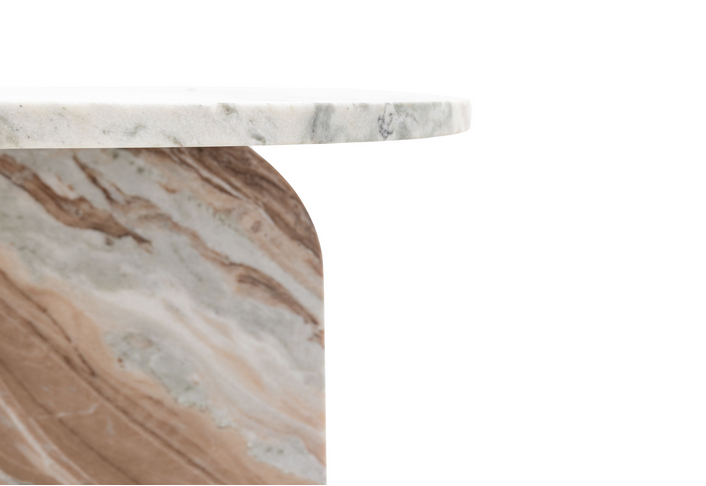






Amal Coffee Table
£540 Select options This product has multiple variants. The options may be chosen on the product page -





Arella Pendant Light
£762 – £986Price range: £762 through £986 Select options This product has multiple variants. The options may be chosen on the product page -





Cercei Armchair
£600 Add to cart
Materials of Modern Decadence: Brass, Marble, and Velvet Reborn

The Art Deco Revival is not just about shapes and symmetry — it’s about texture, touch, and the quiet dialogue between materials. The surfaces and finishes that define this aesthetic don’t merely decorate; they seduce. Brass gleams with confidence, marble whispers sophistication, and velvet wraps the senses in softness. Together, they form the material backbone of the Art Deco Revival, reinterpreted for today’s world of sustainability and subtle luxury.
In the 1920s, Art Deco celebrated new materials as symbols of progress — chrome, lacquer, and glass epitomized modernity. Today, the Art Deco Revival channels that same spirit of innovation but through a more conscious lens. Designers are sourcing recycled metals, ethical stones, and sustainable fabrics, giving these once-opulent materials new meaning. Brass, for instance, has made a triumphant return as the signature accent of the movement. It adds warmth where silver feels too cool and polish where black feels too stark. Whether framing mirrors, lining furniture edges, or detailing light fixtures, brass brings instant glamour — the kind that glows rather than shouts.
Marble, too, plays a starring role in the Art Deco Revival, though its usage has evolved. Once a symbol of wealth and permanence, it’s now used with restraint, often as statement moments: a curved coffee table base, a vanity countertop, or a geometric floor inlay. Designers are mixing marbles — pairing classic white Carrara with richly veined green or pink varieties — to achieve both contrast and continuity. The combination feels distinctly Deco: bold but balanced, indulgent but intentional.
And then, there’s velvet — the tactile soul of the Art Deco Revival. This fabric, long associated with cinema seats and cocktail lounges, has found a new relevance in modern interiors. Deep jewel tones like sapphire, emerald, and amethyst create luxurious focal points against neutral backdrops. Velvet sofas, headboards, and accent chairs lend depth and softness, balancing the hard surfaces of marble and metal. It’s the texture that ties everything together — a sensory invitation to slow down and sink in.
The magic of the Art Deco Revival lies in how these materials interact. Brass reflects light onto marble’s natural veins. Velvet absorbs and diffuses that same glow. Each surface complements the other, creating a visual symphony of sheen and shadow. This layered materiality feels lush yet livable — a crucial balance for contemporary homes seeking warmth without clutter.
What’s especially captivating is how technology and craftsmanship converge in this movement. 3D printing allows for intricate brass detailing. Stone artisans craft thinner, lighter marble slabs. Velvet now comes in performance weaves that resist stains while retaining that signature sheen. The Art Deco Revival proves that innovation and indulgence aren’t opposites — they’re partners in design evolution.
Ultimately, the materials of the Art Deco Revival remind us that luxury doesn’t have to be loud. It can shimmer softly in the edges of a brass lamp, the cool smoothness of marble beneath your hand, or the gentle nap of velvet on your favorite chair. These are not just materials — they’re moods, orchestrating a sense of everyday opulence that’s both timeless and deeply human.
Color and Contrast: The Palette of the Art Deco Revival

If geometry gives the Art Deco Revival its structure and materials its substance, color gives it its soul. The palette of this movement is not timid; it’s deliberate, emotive, and endlessly cinematic. Every hue seems to hold a story — of confidence, sensuality, or nostalgia — and when layered correctly, it transforms even the simplest space into something extraordinary. The Art Deco Revival thrives on contrast: dark against light, matte against gloss, restraint against opulence. It’s a dance of opposites that somehow feels perfectly composed.
Historically, Art Deco was drenched in rich, saturated color — think peacock blues, emerald greens, and deep plums — offset by metallic golds and silvers. Today’s Art Deco Revival reimagines that vibrancy with a modern twist. Designers are opting for muted jewel tones that feel both grounded and sophisticated. Instead of blinding golds, we now see brushed brass. Instead of heavy lacquered reds, we see softer terracottas and oxblood accents. The essence remains the same: drama delivered through depth rather than excess.
One of the most defining elements of the Art Deco Revival palette is its relationship with light. Metallic finishes are used strategically to catch and amplify illumination — a nod to the glamour of 1920s interiors, which shimmered under chandeliers and candlelight. When placed against darker walls, these warm reflections create a sense of intimacy and indulgence. Imagine a moody navy dining room with brass sconces, or a forest-green hallway punctuated by mirrored panels. The contrast feels cinematic, yet inviting.
Monochromatic schemes also play an intriguing role in the Art Deco Revival. Designers often work within a single color family, using texture and sheen to add dimension. For example, pairing matte sage walls with glossy emerald tiles and soft velvet cushions achieves a layered sophistication without overwhelming the senses. It’s proof that the Art Deco Revival can be both maximalist and minimal — depending on how you balance light, tone, and reflection.
Neutrals are not excluded from this palette; they simply play a supporting role. Creams, taupes, and charcoals provide breathing room for richer tones to shine. In the Art Deco Revival, contrast doesn’t always mean high drama — sometimes, it’s the quiet interplay between textures that does the work. A matte plaster wall beside a polished marble surface, or a velvet chair beneath a crystal pendant, achieves elegance through subtle friction.
Ultimately, the Art Deco Revival palette invites you to be fearless. It reminds us that color is emotional architecture — that a single hue can shift the entire atmosphere of a room. When thoughtfully applied, it doesn’t just please the eye; it changes how we feel in a space. That’s why the Art Deco Revival endures: it understands that glamour isn’t about having more color, but the right color, placed with confidence and care.
-

Argie Brown Shade Feature Lamp
£220 Add to cart -





Arloi Console Table
£1,098 Add to cart -





Ashton Armchair
£510 – £710Price range: £510 through £710 Select options This product has multiple variants. The options may be chosen on the product page
The New Age of Ornamentation: When Minimalism Meets Deco Detail

Once upon a time, ornamentation was seen as indulgent — a relic of an era obsessed with opulence. Then came minimalism, and the world embraced simplicity. But as design trends evolve, a new balance is emerging — one where the best of both worlds coexist beautifully. This is the heart of the Art Deco Revival: where modern restraint meets historic exuberance, and decoration becomes deliberate rather than excessive. It’s not about “more,” but about meaning — each detail chosen with precision to enhance rather than overwhelm.
The Art Deco Revival redefines ornamentation for the 21st century. Gone are the heavy gilded moldings and over-embellished motifs of the past. In their place are sleek interpretations — etched metals, fluted glass, scalloped edges, and subtle geometric trims. These details bring richness and rhythm without shouting for attention. They whisper sophistication. They prove that beauty can live in the details, and that luxury today is found in craftsmanship, not clutter.
This new age of ornamentation thrives on texture and tactility. In a minimalist space, the simplest gesture — like a ribbed brass drawer handle or a mirrored art piece — becomes a design statement. The Art Deco Revival gives designers permission to reintroduce personality into pared-down interiors. Think curved wall panels that catch the light, patterned parquet flooring, or custom lighting with Deco-inspired silhouettes. The result is harmony: clean lines elevated by subtle glamour.
What’s fascinating is how the Art Deco Revival interprets ornamentation through modern technology. CNC-cut metals, laser-etched glass, and 3D-printed décor elements allow for intricate precision that wasn’t possible a century ago. These advancements make it easier to bring Deco’s signature motifs — sunbursts, fans, and stepped arches — into contemporary homes without overwhelming their architecture. It’s the perfect fusion of digital craftsmanship and artistic tradition.
The Art Deco Revival also finds synergy with contemporary materials. Polished concrete walls can frame an ornate brass mirror; minimalist kitchens can feature fluted cabinetry; neutral living rooms can host sculptural chandeliers. The secret is balance — allowing ornate elements to shine within simplified frameworks. It’s not about returning to decadence but refining it, editing it, and giving it room to breathe.
Perhaps the greatest triumph of the Art Deco Revival is its redefinition of luxury itself. No longer tied to excess or expense, luxury is now synonymous with intentional design — pieces that feel special because they’ve been chosen, not because they dazzle. Ornamentation, once the enemy of minimalism, has evolved into its perfect companion. Together, they create a visual language that feels fresh yet familiar, grounded yet glamorous.
In the end, the Art Deco Revival reminds us that restraint and richness aren’t opposites — they’re partners. The subtle curve of a chair, the shimmer of a metallic trim, or the soft bevel of a mirror edge — these quiet gestures tell stories of craftsmanship, history, and modern grace. It’s in these thoughtful details that the new age of ornamentation finds its power — not in shouting for attention, but in quietly holding it.
From Residential to Retail: The Global Reach of Art Deco Revival Design
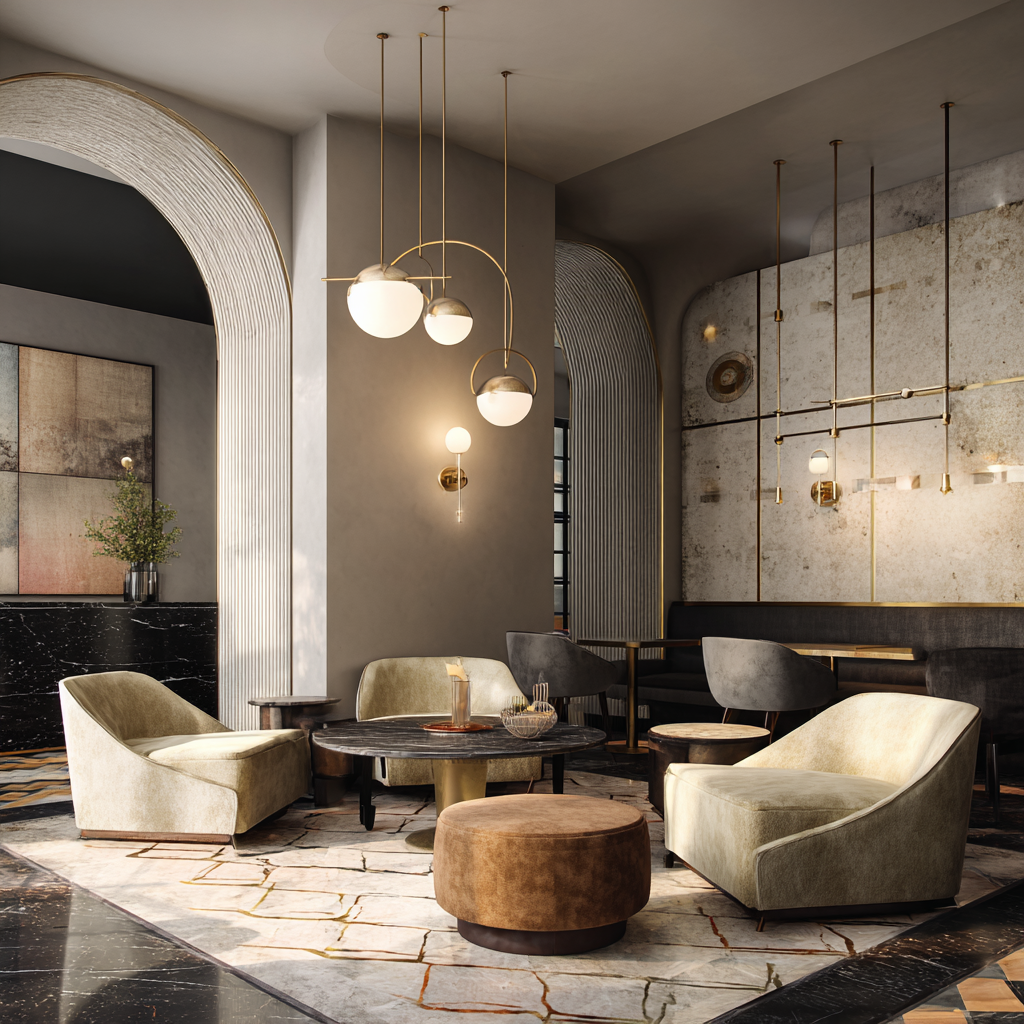
The Art Deco Revival is not confined to private homes — it’s a global movement reshaping how we experience beauty in every setting, from chic apartments to five-star hotels and flagship stores. What began as a nostalgic nod to the roaring twenties has evolved into a universal design language that transcends geography and function. Whether in New York, Lagos, Paris, or Tokyo, the Art Deco Revival has become a symbol of elegance reimagined — a bridge between timeless glamour and contemporary culture.
In residential interiors, the Art Deco Revival feels intimate and expressive. Homeowners are finding new ways to weave Deco influences into everyday living without turning their spaces into movie sets. A curved velvet sofa here, a geometric chandelier there — these are the quiet signatures of a style that understands restraint. The modern home doesn’t need to scream “Gatsby” to feel glamorous. Instead, it borrows Deco’s DNA — symmetry, metallic accents, layered textures — and filters it through today’s softer, more livable aesthetic. The result is refinement with soul.
Hotels and restaurants, on the other hand, are embracing the Art Deco Revival with open arms — and for good reason. Few design languages evoke a sense of escapism and indulgence quite like Deco. Step into a lobby lined with fluted columns, mirrored walls, and brass railings, and you’re instantly transported to a world where time feels suspended. Modern hospitality designers use the Art Deco Revival not only to create visual drama but to craft emotional resonance. Guests don’t just see luxury — they feel it. Every curved banquette and glowing sconce tells a story of craftsmanship and continuity.
Retail spaces, too, are reviving Deco’s signature glamour. High-end boutiques and concept stores are rediscovering the allure of materials like marble, lacquer, and chrome to evoke exclusivity and sophistication. The Art Deco Revival aesthetic makes consumers pause — it transforms shopping from a transaction into an experience. Think Gucci’s mirrored interiors or Prada’s geometric layouts — both draw directly from the Deco playbook but reinterpret it for a generation raised on digital gloss. Even tech showrooms and office spaces have begun borrowing these cues, proving that Deco’s appeal extends far beyond nostalgia; it represents a mood — a confident blend of artistry and precision.
Globally, architects and interior designers are using the Art Deco Revival as a canvas for cultural reinterpretation. In Dubai, it’s fused with Middle Eastern motifs. In London, it’s paired with brutalist lines. In Lagos, designers blend Deco geometry with African craftsmanship, creating spaces that feel distinctly modern yet rooted in heritage. The movement’s adaptability is its greatest strength — it doesn’t copy history; it collaborates with it.
Ultimately, the Art Deco Revival has evolved into something greater than a design trend — it’s a global conversation about elegance, optimism, and reinvention. Across continents, industries, and cultures, it speaks a universal language of balance and beauty. In a world hungry for both nostalgia and innovation, the Art Deco Revival stands as proof that true glamour never fades — it simply evolves, one shimmering surface at a time.
-
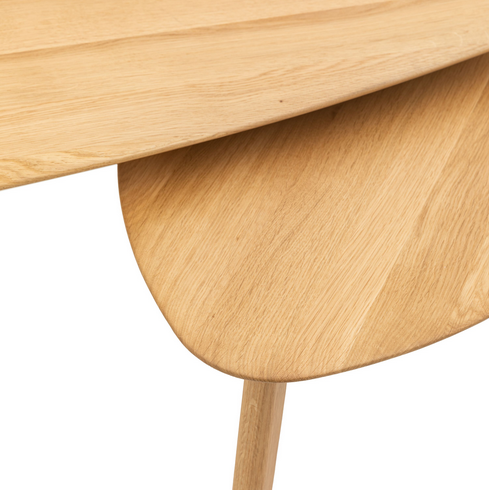
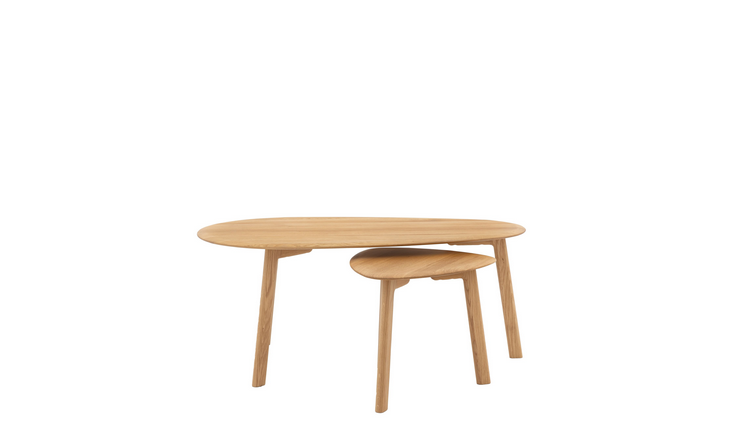
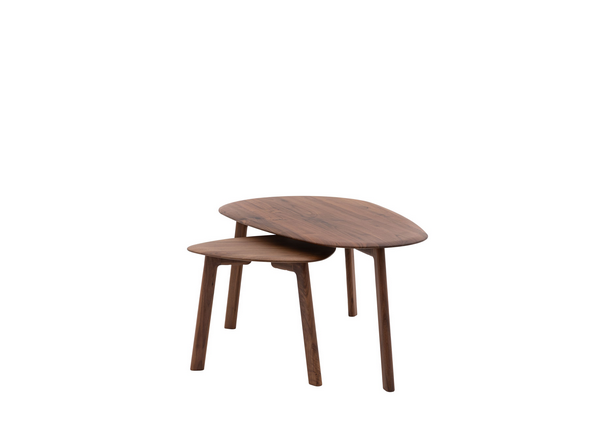
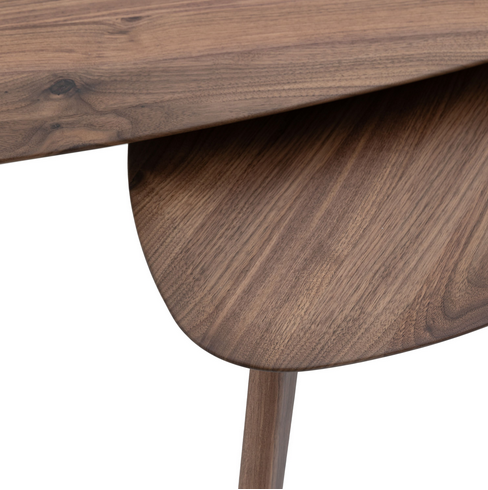




Adri Nest of Coffee Tables
£400 – £500Price range: £400 through £500 Select options This product has multiple variants. The options may be chosen on the product page -

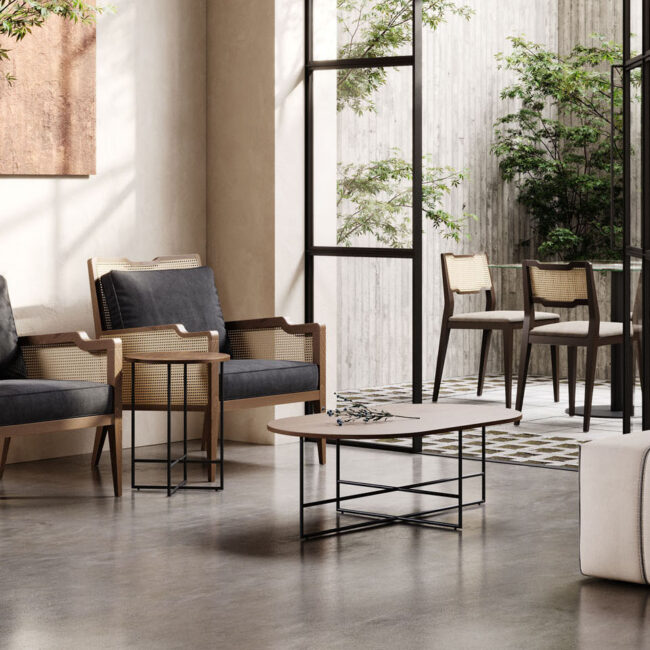

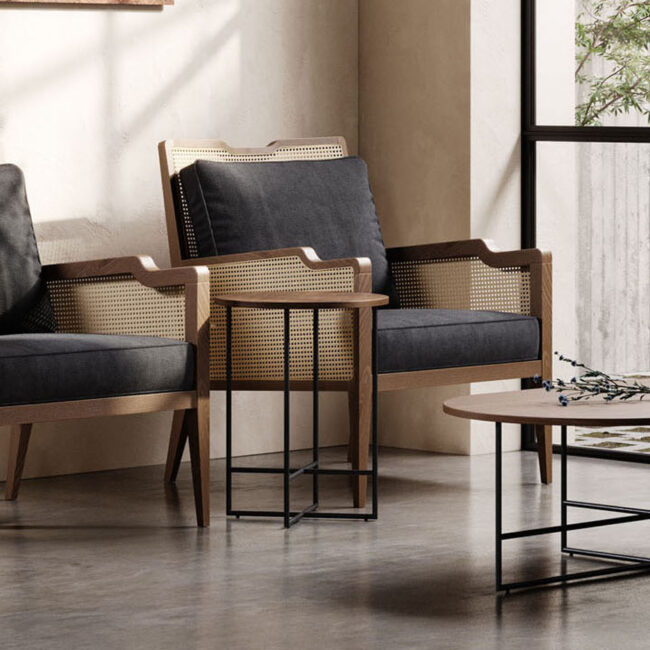
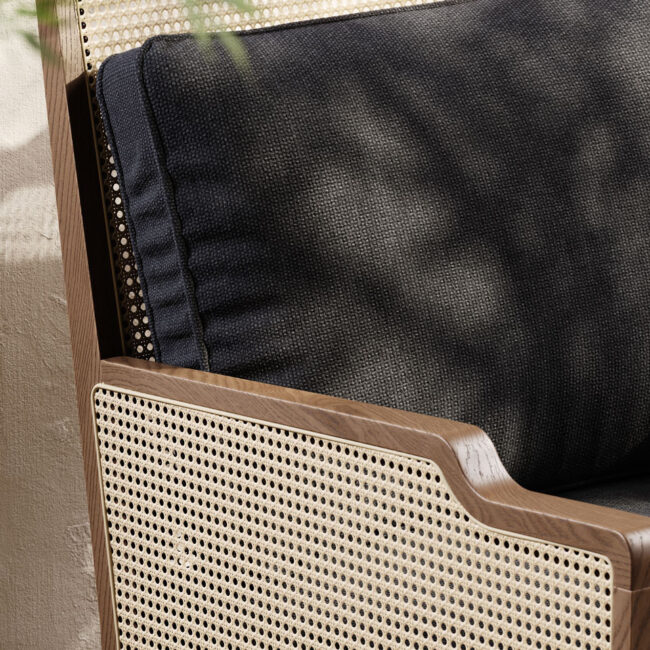

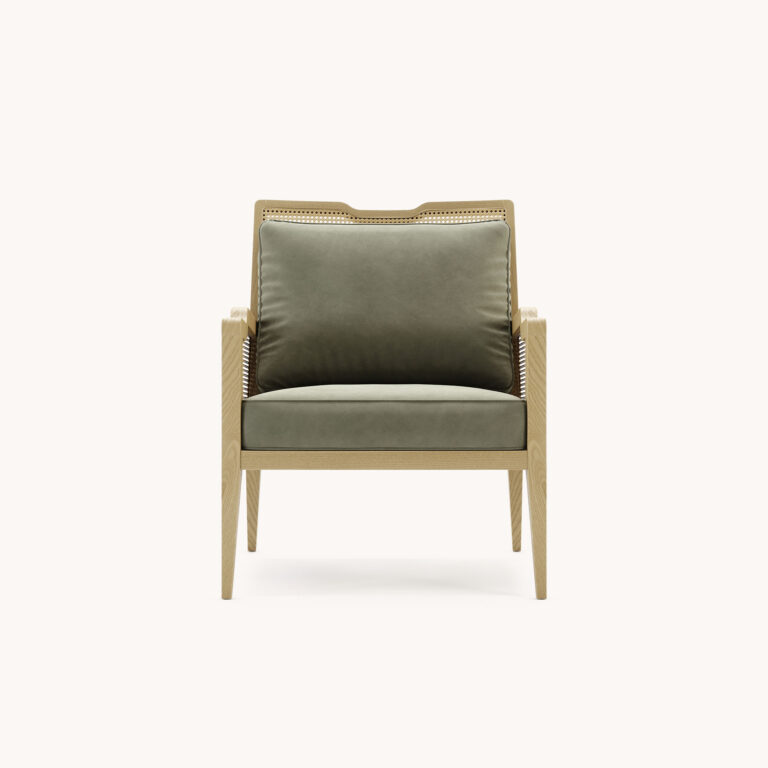
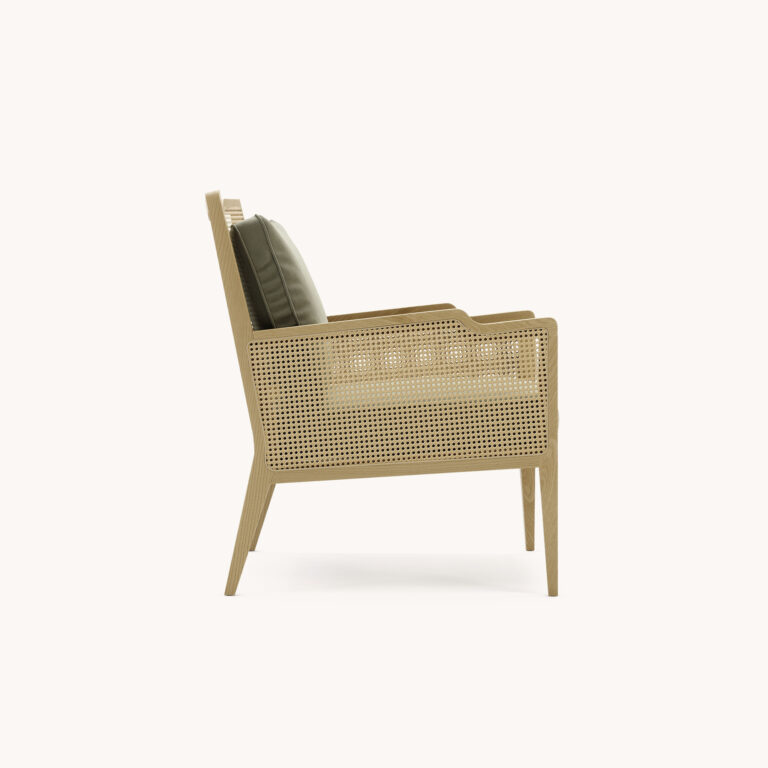
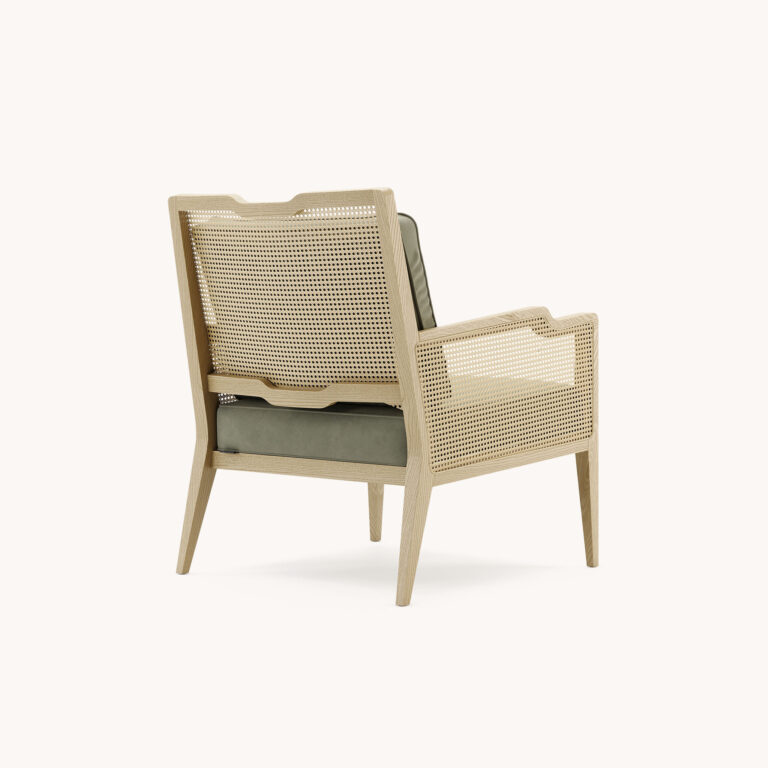


Eva Armchair
£2,187 – £3,478Price range: £2,187 through £3,478 Select options This product has multiple variants. The options may be chosen on the product page -

Lynden Pendant
£4,759 Add to cart
The Timeless Return of Glamour
The Art Deco Revival is more than a stylistic comeback — it’s a movement redefining how we understand beauty, luxury, and nostalgia in modern interiors. It doesn’t merely mimic the past; it curates it, distilling Deco’s essence into something that feels authentic for today’s homes and spaces. This rebirth proves that even in an age obsessed with minimalism and technology, our desire for craftsmanship, texture, and emotional design remains unshakable.
What makes the Art Deco Revival so enduring is its ability to evolve. It doesn’t demand grand gestures or opulent budgets — a single brass accent, a velvet cushion, or a geometric mirror can transform a room with quiet sophistication. This movement invites us to be bold yet thoughtful, to celebrate ornamentation without excess, and to find joy in the details. It’s glamour made approachable, elegance with empathy.
Across the world, designers and homeowners are embracing the Art Deco Revival not because it’s trendy, but because it feels timeless. It’s a design language that honors heritage while speaking fluently to the present. In its arches, patterns, and polished surfaces, we find both comfort and aspiration — proof that great design doesn’t just decorate; it uplifts.
In the end, the Art Deco Revival reminds us that true beauty never fades. It waits patiently for rediscovery, ready to inspire a new generation of dreamers, creators, and homeowners who understand that glamour is not about having more — it’s about seeing more. And in that way, the Art Deco Revival isn’t just a return to form; it’s a return to feeling.

